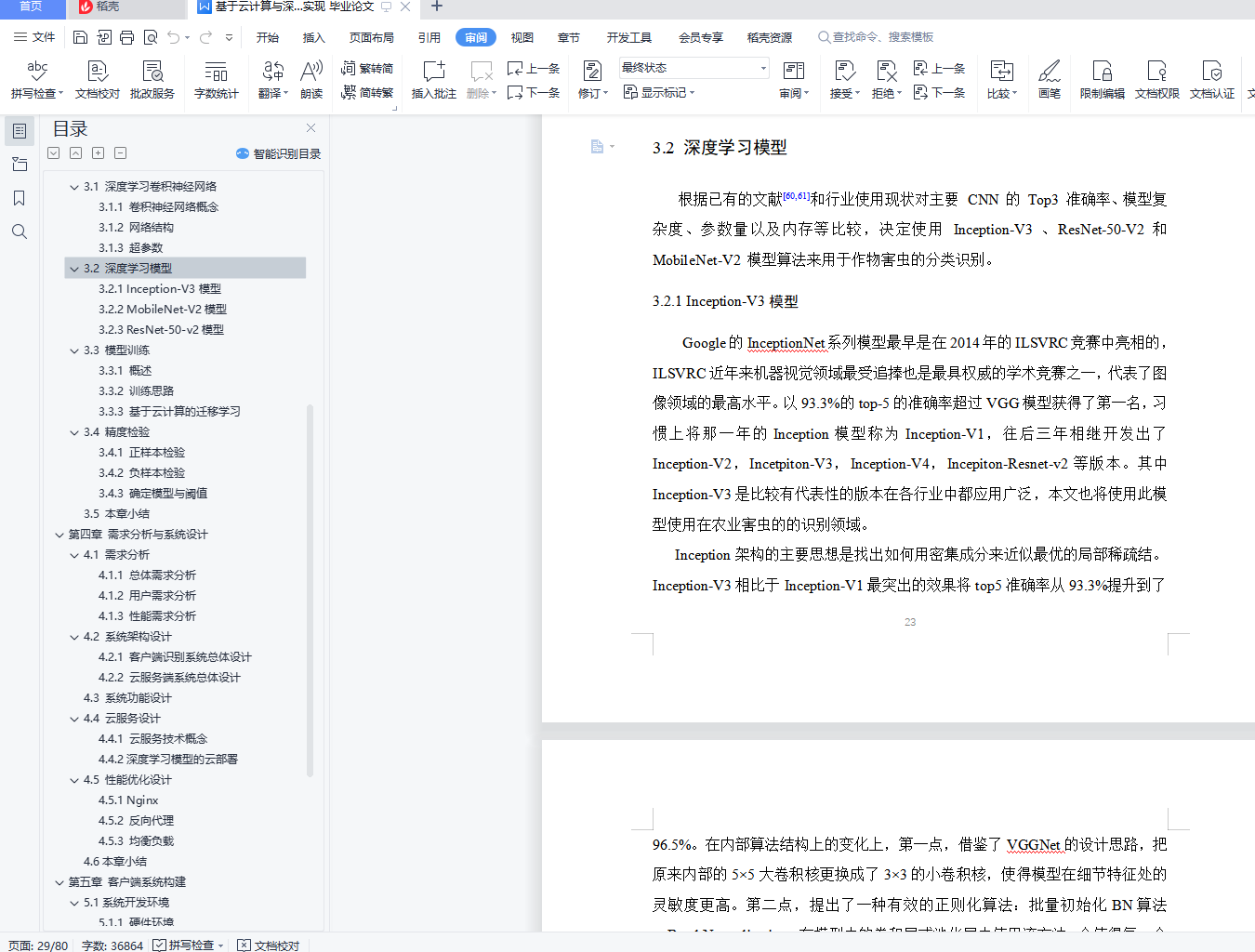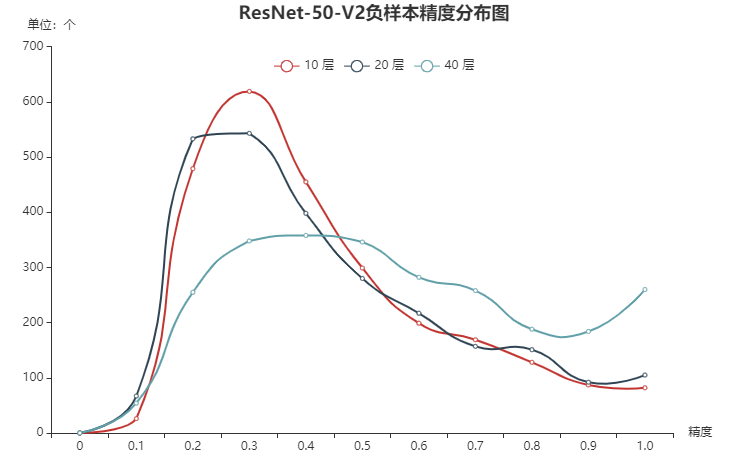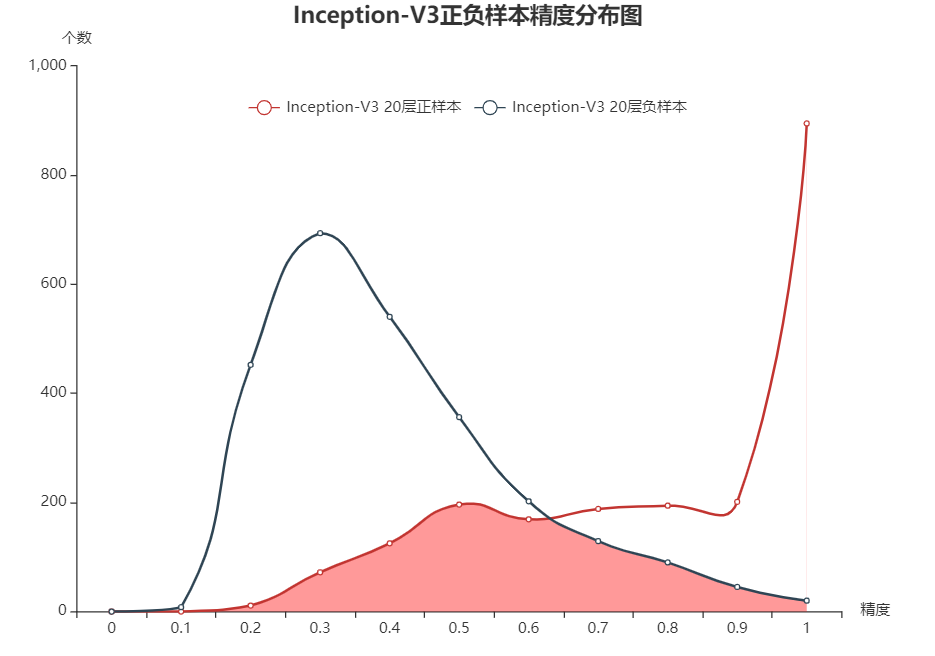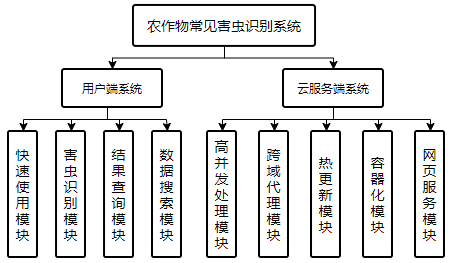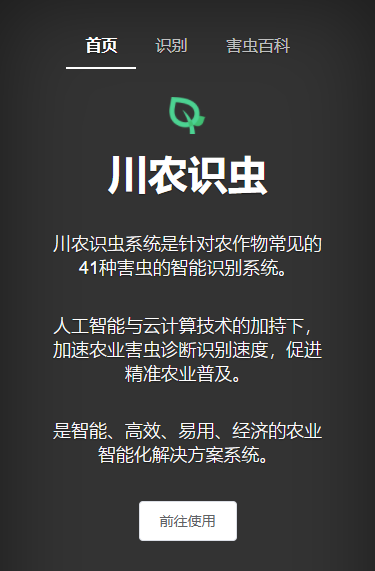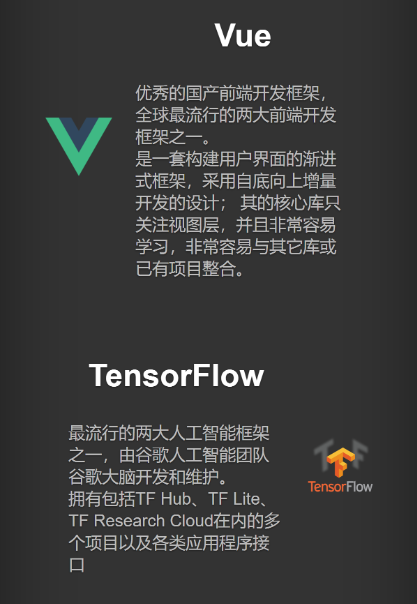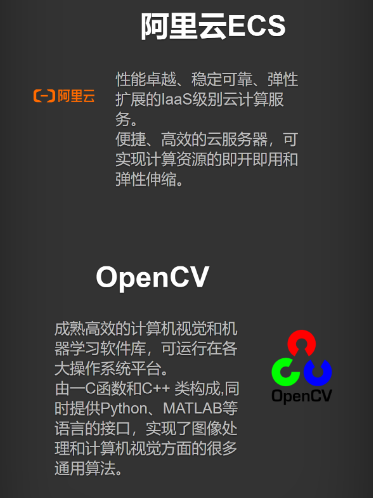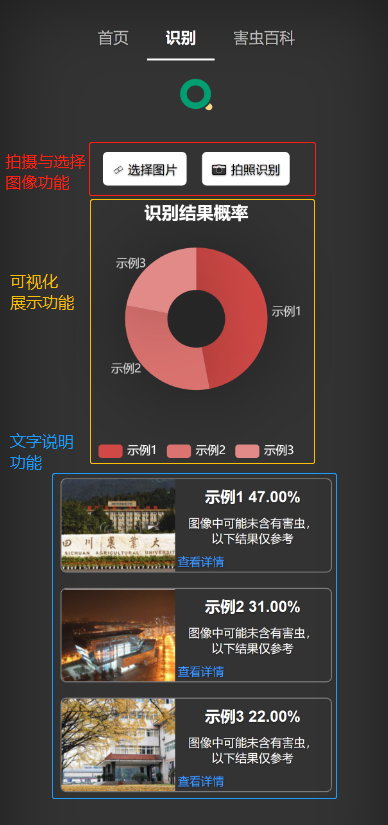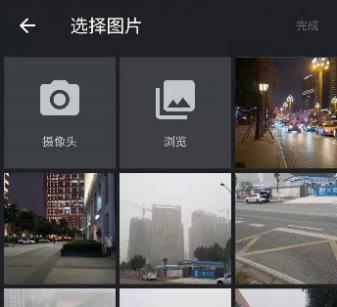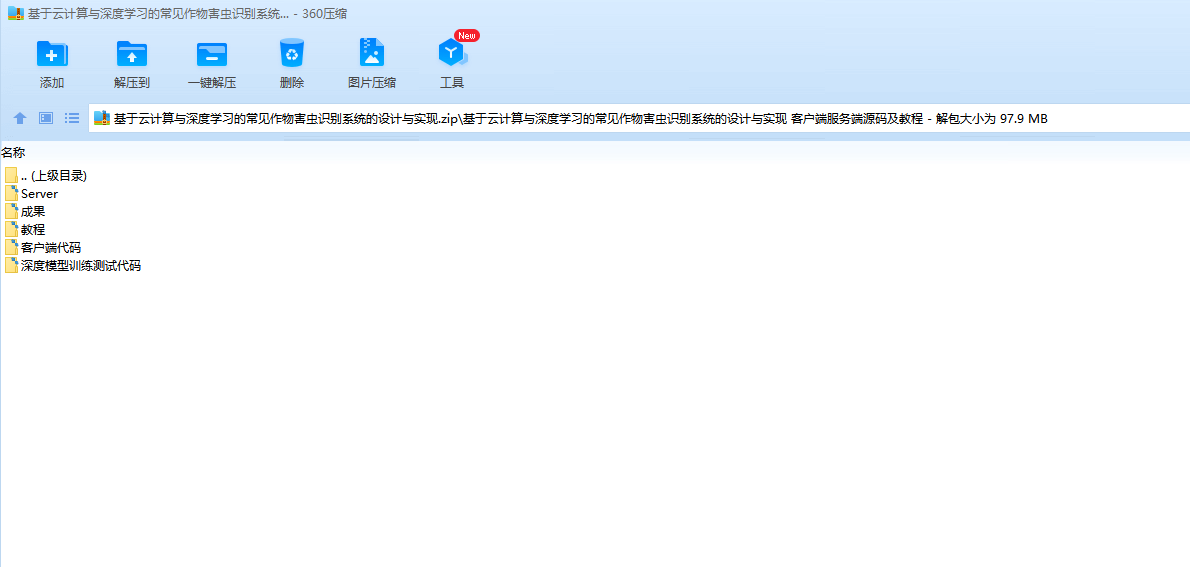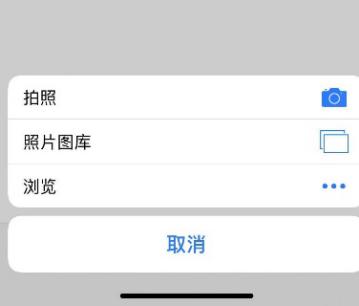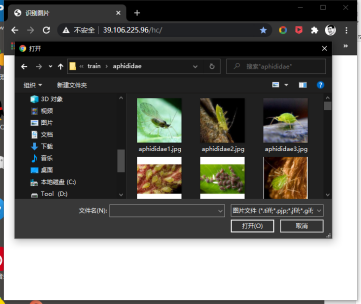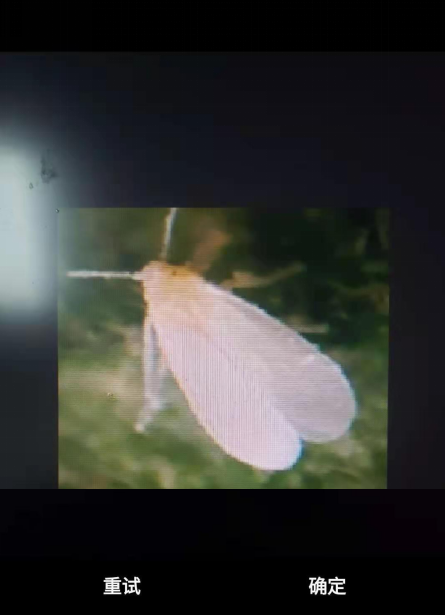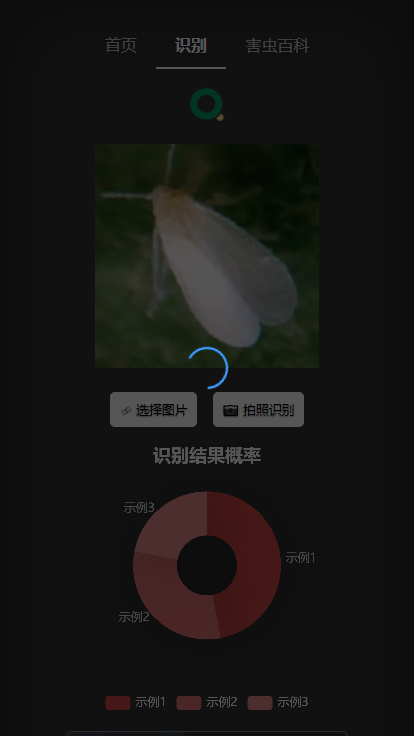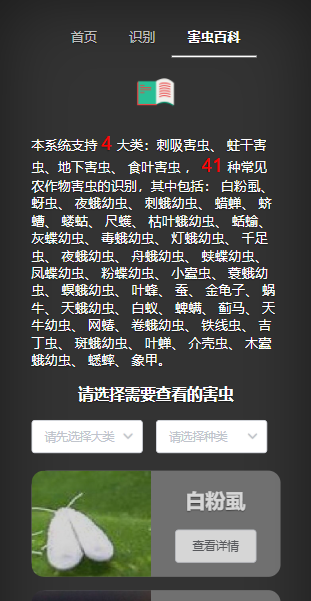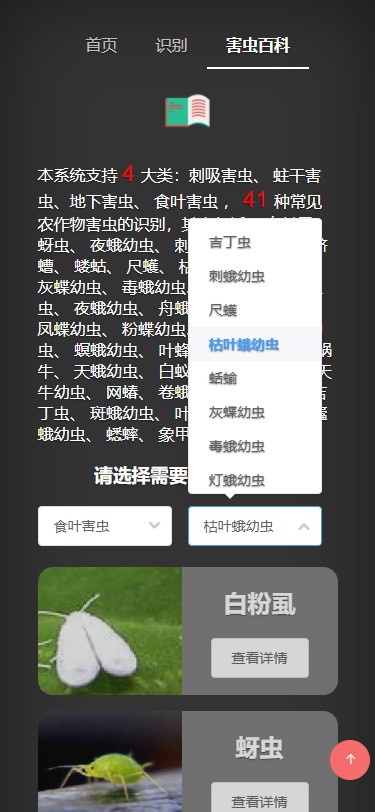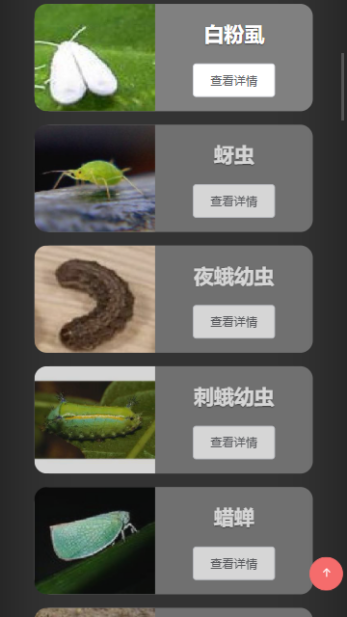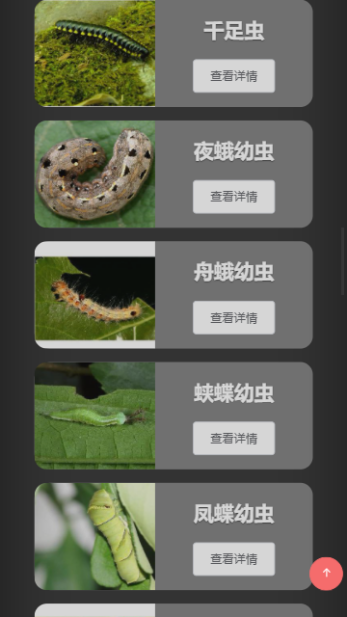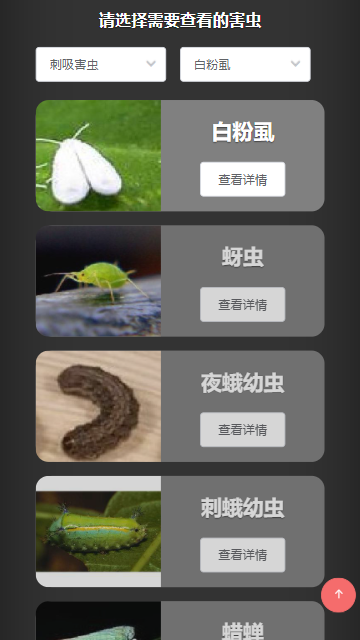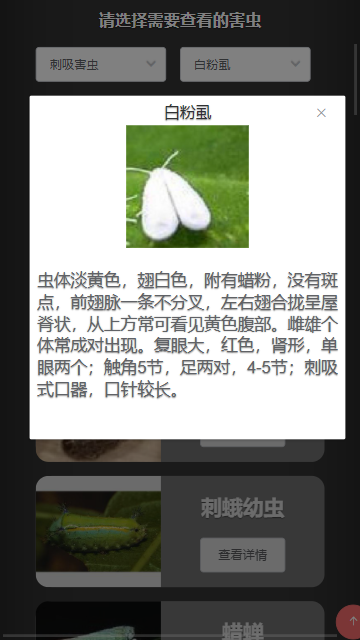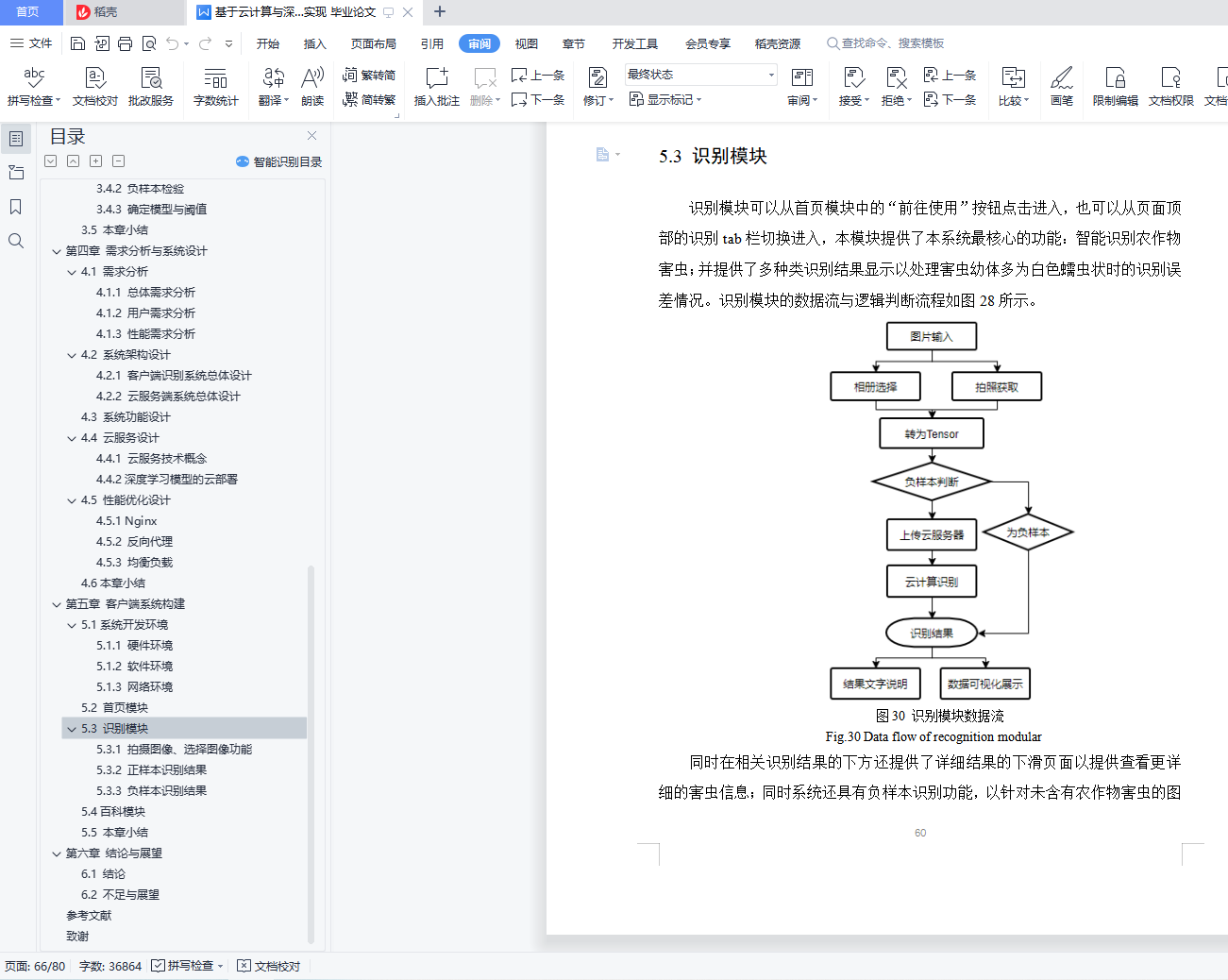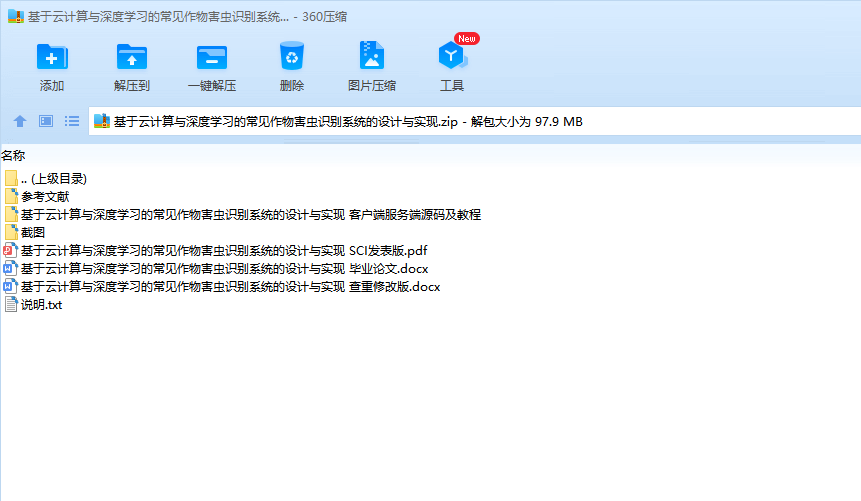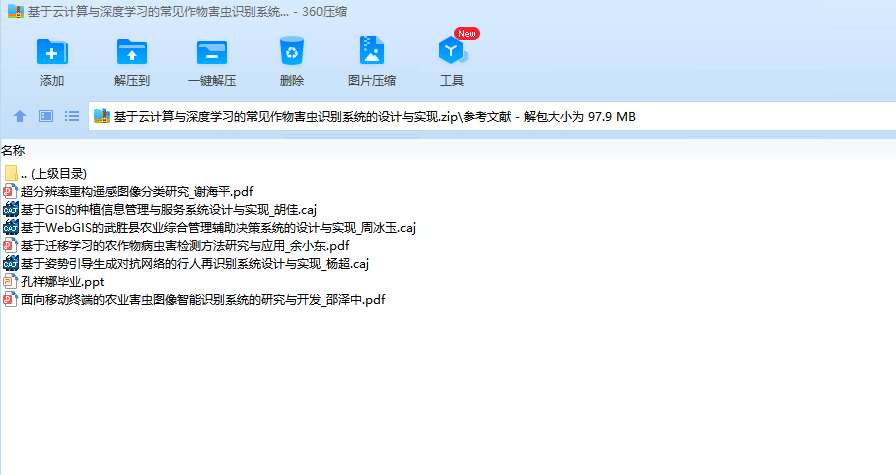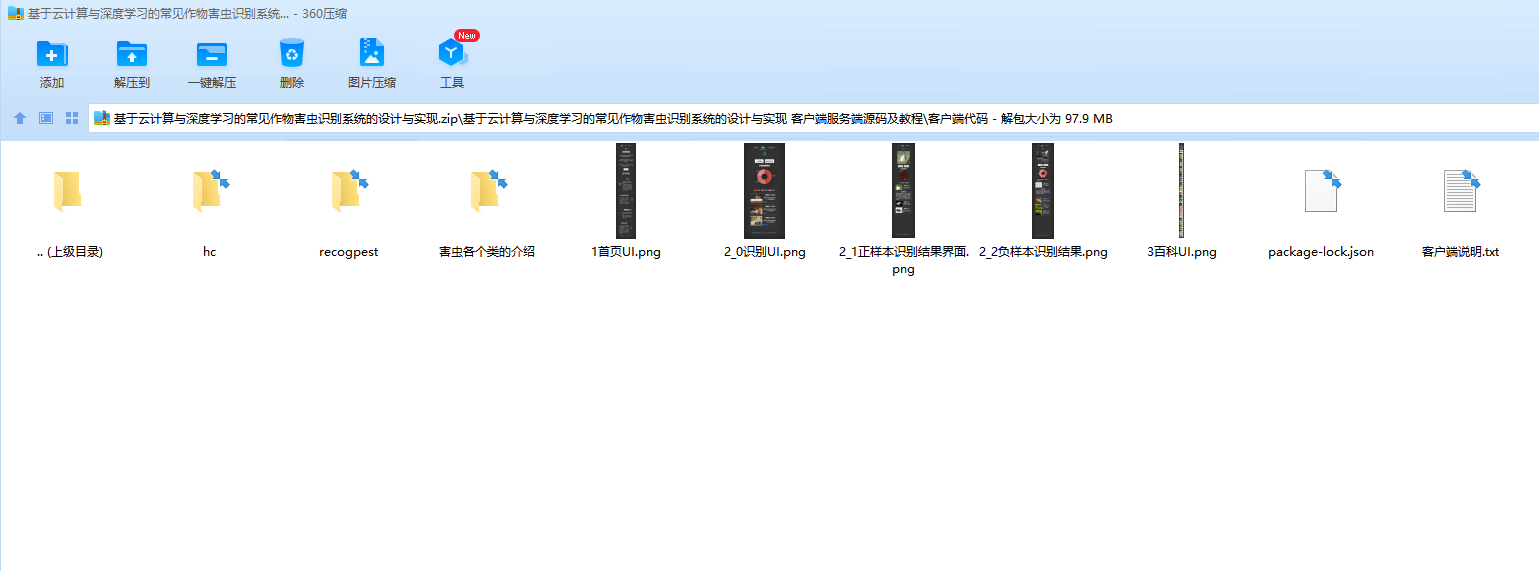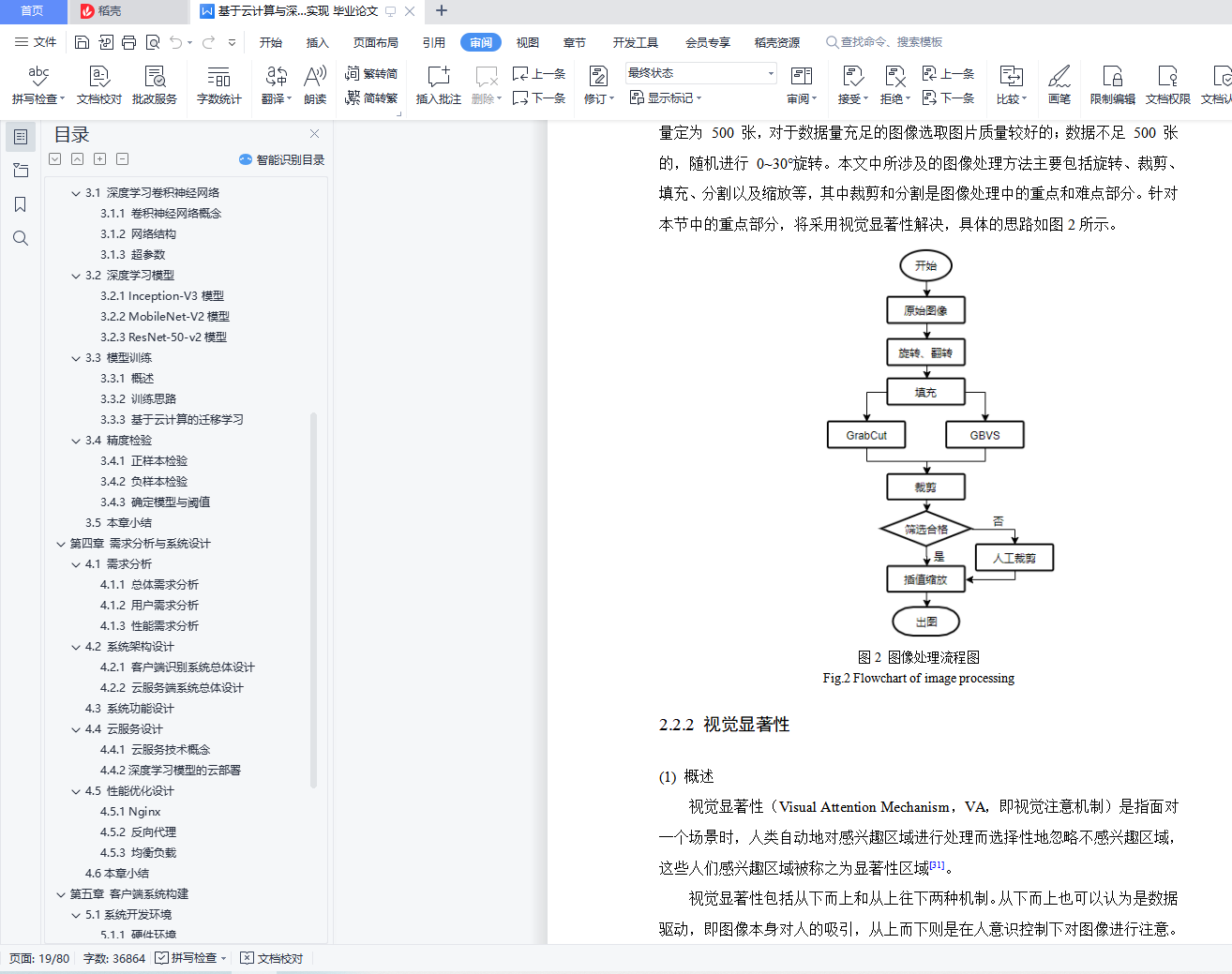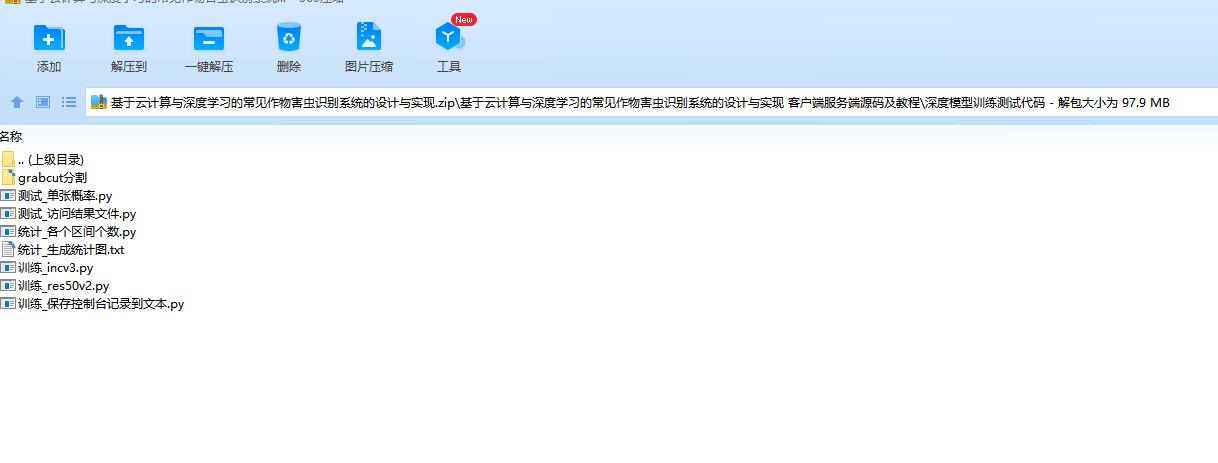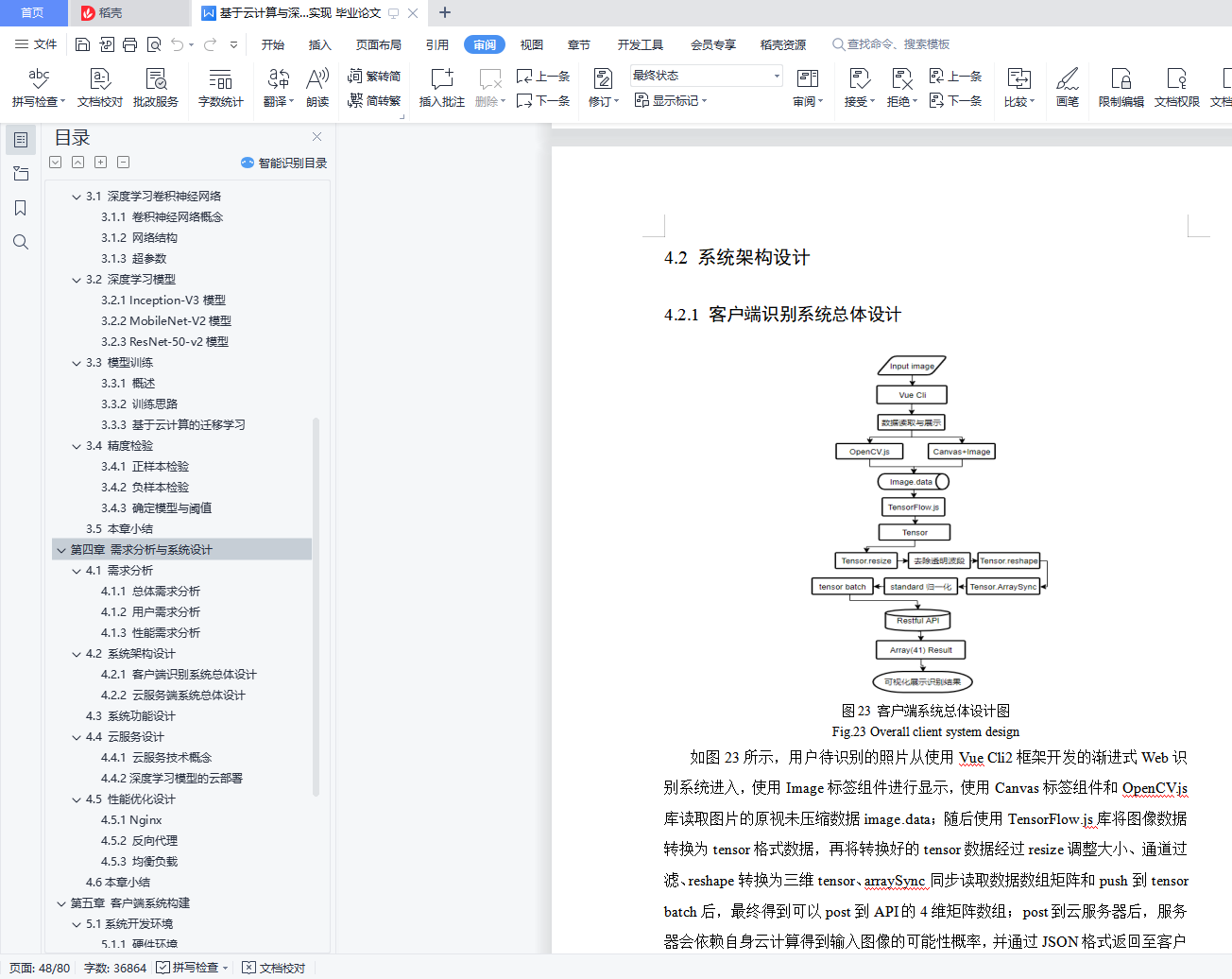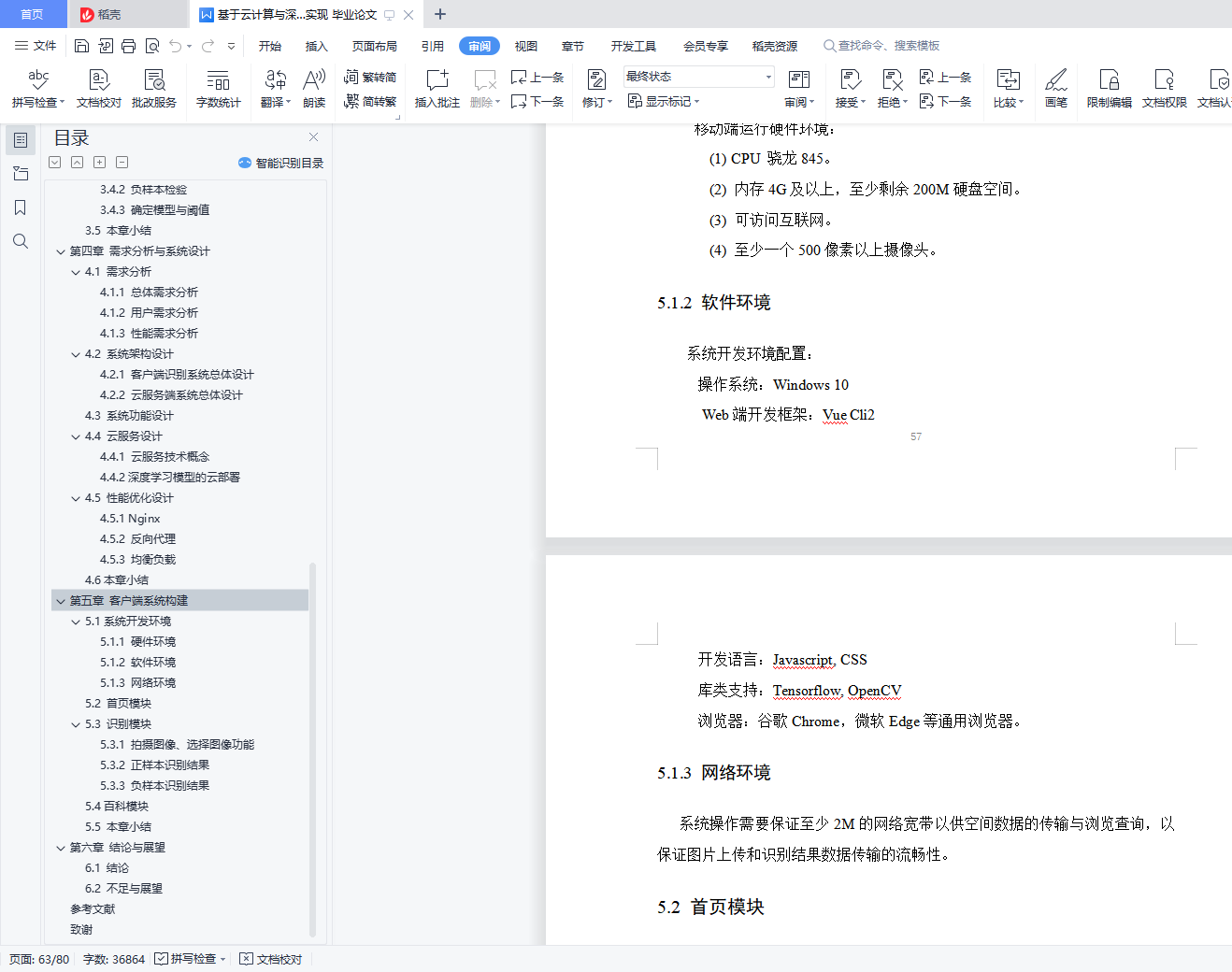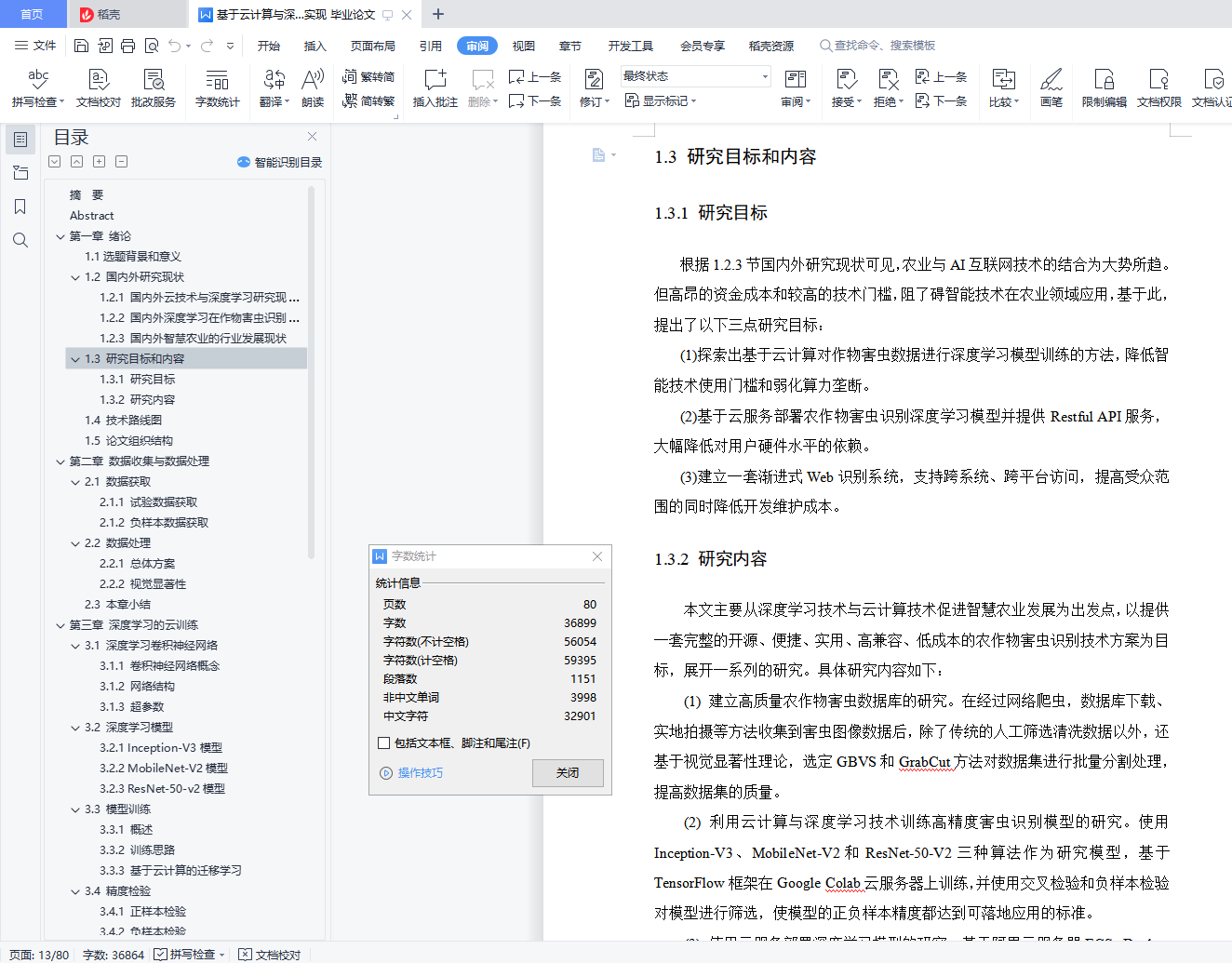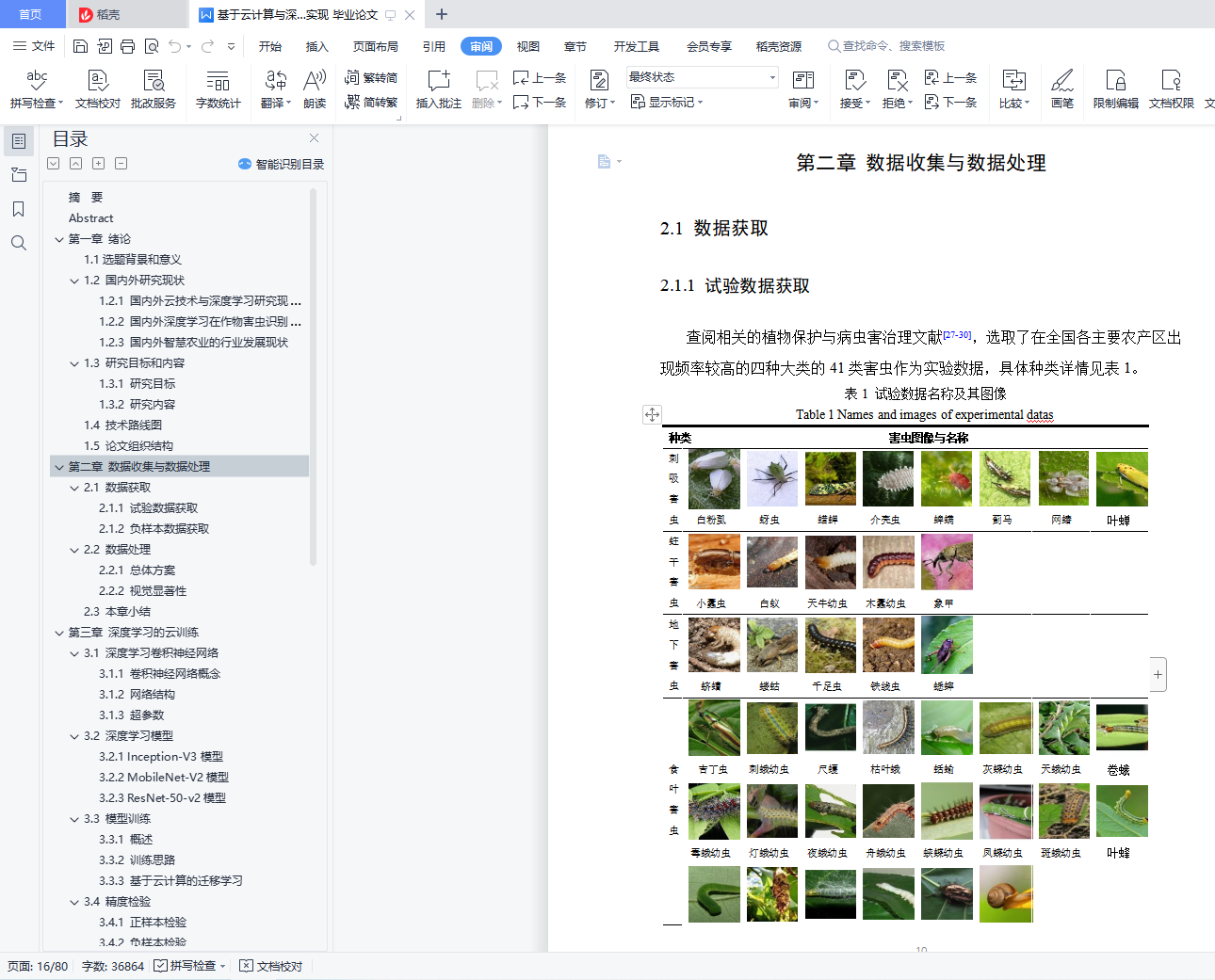摘 要
当下新一轮科技革命和产业变革加速演进,人工智能、大数据、物联网等新技术新应用新业态方兴未艾。顺应智能化和信息化潮流,发展智能农业,已经成为农业现代化建设中极其重要的领域。
但目前,人工智能技术在农业领域的普及应用,还存在着数据共享不足、算法门槛过高、算力垄断、实验与应用环境差距过大等问题。所以,本文基于云计算技术与人工智能深度学习的计算机视觉技术,开发了一套开源、跨平台、易使用的农业害虫识别系统,大幅降低了人工智能技术使用门槛,使农业从业人员也可享受智能技术红利,促进智慧农业发展。初步研究结果如下:
1. 收集、筛选、预处理并开源共享了大量的农作物害虫图像数据集。首先选取了41类农作物常见害虫作为研究对象;通过网络检索、数据库收录和实地拍摄等方法,收集了一万余张害虫图像;基于GBVS和GrubCut自动分割提取出了数据量4:1的训练和测试数据集,用于算法训练和效果测试。
2. 实现了深度学习算法对农业害虫数据的迁移学习,达到了对已收录害虫93%高精度识别,对负样本数据80%精度的高排异效果。首先,选取Inception-V3,MobileNet-V2和ResNet-50-V2作为训练模型;基于TensorFlow和Colab等深度学习与云计算工具在云端训练模型,获得了90%以上的识别精度。
3. 实现了深度学习模型的云端高效部署,具体表现在:识别速度0.1s/张、内存占用仅23M、宽带仅需2M等。同时开放识别API,实现了识别功能可跨语言、跨系统使用。首先使用阿里ECS搭载云服务器,随后使用Docker容器技术,拉取Tensorflow Serving镜像并与上传训练好的深度学习模型形成映射以生成识别服务容器,并绑定端口生成可统一访问的Restful API。
4. 开发了一套Web应用程序,可在所有的手机和电脑操作系统上访问。首先,使用Nginx反向代理技术解决了跨域访问限制,随后基于Javascript、Vue Cli2、TensorFlow.js、OpenCV.js 和Echarts等编程语言与框架开发了一套渐进式Web应用程序,并使用Tomcat作为Web应用服务器将编译打包好的网页build文件进行部署,部署好的网页可在任何安装有浏览器的设备进行访问。
关键词:农业害虫识别;智慧农业;云计算;深度学习
Abstract
With the rapid development of the Internet and artificial intelligence technologies, a new round of technological revolution and industrial transformation is accelerating the evolution, and new technologies, new applications and new formats such as artificial intelligence, big data, and the Internet of Things are in the ascendant. Following the trend of intelligentization and informationization, the development of intelligent agriculture has become an extremely important field in the construction of agricultural modernization.
But at present, the popularization and application of artificial intelligence technology in the agricultural field still have problems such as insufficient data sharing, high algorithm threshold, monopoly of computing power, and large gap between experiment and application environment. Therefore, based on the deep learning technology and cloud technology of artificial intelligence, this article has developed a set of open source, cross-platform, and easy-to-use agricultural pest identification system, which realizes the cross-platform intelligent identification function of crop pests and the use of the entire operating system, which greatly reduces the threshold for the use of artificial intelligence technology enables agricultural practitioners to also enjoy the benefits of intelligent technology, Promote the development of smart agriculture. The preliminary findings are as follows:
1. Collecting, screening, pre-processing and open-source sharing of a large number of crop pest image data sets have promoted the sharing and development of high-quality agricultural big data. First, by consulting the plant protection books and the previous research experience of the research group, 41 types of common crop pests, such as piercing pests, underground pests, leaf-eating pests, and dry-boring pests, were selected as the research objects; through network retrieval, database inclusion and field shooting, etc. Methods: More than 10,000 images of pests were collected; based on GBVS and GrubCut automatic segmentation, a 4:1 training and testing data set was extracted for algorithm training and effect testing.
2. It has realized the migration learning of the agricultural pest data by the deep learning algorithm, and achieved the high-precision recognition of 93% of the included pests and the high-precision rejection of the negative sample data with 80% accuracy. First of all, referring to the current usage in the industry, select Inception-V3, MobileNet-V2 and ResNet-50-V2 as training models; training models in the cloud based on deep learning and cloud computing tools such as TensorFlow, Keras, and Google Colab. The transfer learning method is used as a whole, and after less than 20 epoch iterations, more than 90% recognition accuracy is obtained.
3. Realizes the efficient deployment of deep learning models in the cloud. The specific performance is as follows: single sheet recognition speed reaches 0.1 second, runtime memory is only 23M, broadband requirements only require 2M, model hot update iterations, meeting high concurrent access requirements of 40,000 times/sec . At the same time, the Restful access interface is opened, and the recognition function can be used across languages and systems. First, install the Linux system using Alibaba Cloud ECS cloud server, and then use Docker container technology to pull the Tensorflow Serving image; after the pull is successful, upload the trained deep learning model, and map the Tensorflow Serving image to the model folder to generate recognition Service container and bind ports to generate Restful API that can be accessed uniformly.
4. Developed a set of web applications that can be accessed on all mobile phones and computer operating systems. First, the use of Nginx reverse proxy technology to solve cross-domain access restrictions, and then based on Javascript, Vue Cli2, TensorFlow.js, OpenCV.js and Echarts and other programming languages and frameworks to develop a set of progressive web applications, and use Tomcat as The web application server deploys the compiled and packaged web page build files, and the deployed web pages can be accessed on any device with a browser installed.
Key words: Agricultural pest identification; Smart agriculture; Cloud computing; Deep learning
目录
摘 要 Ⅰ
ABstract Ⅱ
第一章 绪论 1
1.1选题背景和意义 1
1.2 国内外研究现状 2
1.2.1 国内外云技术与深度学习研究现状 2
1.2.2 国内外深度学习在作物害虫识别的研究现状 4
1.2.3 国内外智慧农业的行业发展现状 5
1.3 研究目标和内容 7
1.3.1 研究目标 7
1.3.2 研究内容 7
1.4 技术路线图 8
1.5 论文组织结构 9
第二章 数据收集与数据处理 10
2.1 数据获取 10
2.1.1 试验数据获取 10
2.1.2 负样本数据获取 11
2.2 数据处理 12
2.2.1 总体方案 12
2.2.2 视觉显著性 13
2.3 本章小结 17
第三章 深度学习的云训练 17
3.1 深度学习卷积神经网络 17
3.1.1 卷积神经网络概念 17
3.1.2 网络结构 17
3.1.3 超参数 20
3.2 深度学习模型 23
3.2.1 Inception-V3模型 23
3.2.2 MobileNet-V2模型 24
3.2.3 ResNet-50-v2模型 26
3.3 模型训练 27
3.3.1 概述 27
3.3.2 训练思路 28
3.3.3 基于云计算的迁移学习 28
3.4 精度检验 31
3.4.1 正样本检验 31
3.4.2 负样本检验 35
3.4.3 确定模型与阈值 37
3.5 本章小结 40
第四章 需求分析与系统设计 40
4.1 需求分析 40
4.1.1 总体需求分析 41
4.1.2 用户需求分析 41
4.1.3 性能需求分析 42
4.2 系统架构设计 43
4.2.1 客户端识别系统总体设计 43
4.2.2 云服务端系统总体设计 44
4.3 系统功能设计 44
4.4 云服务设计 45
4.4.1 云服务技术概念 45
4.4.2深度学习模型的云部署 47
4.5 性能优化设计 52
4.5.1 Nginx 52
4.5.2 反向代理 53
4.5.3 均衡负载 55
4.6本章小结 57
第五章 客户端系统构建 57
5.1系统开发环境 57
5.1.1 硬件环境 57
5.1.2 软件环境 57
5.1.3 网络环境 58
5.2 首页模块 58
5.3 识别模块 60
5.3.1 拍摄图像、选择图像功能 62
5.3.2 正样本识别结果 63
5.3.3 负样本识别结果 64
5.4百科模块 65
5.5 本章小结 68
第六章 结论与展望 68
6.1 结论 68
6.2 不足与展望 69
参考文献 71
致谢 74
